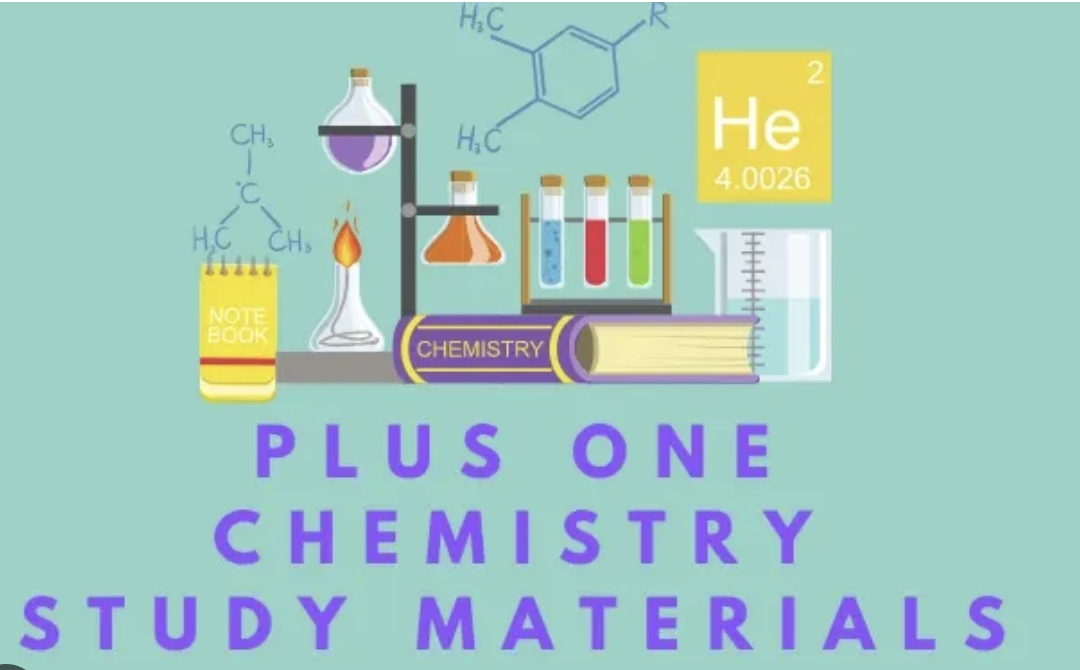This expansive chapter explores the diverse group of elements occupying the p-block of the periodic table. Students study the gradual transition from metallic to non-metallic character and the wide range of compounds formed. Important industrial processes involving these elements are examined, including the Haber process and Contact process. Environmental impacts of p-block compounds are discussed, connecting chemistry with contemporary ecological challenges and technological solutions.
Chapter 11: The p-Block Elements
Introduction
The p-block elements are found in Groups 13 to 18 of the periodic table. Their valence electrons are in the p-orbitals, and they display a wide range of properties from metals to non-metals to inert gases.
General Characteristics of p-Block Elements
Electronic Configuration:
- General outer configuration: ns² np¹⁻⁶ (where n is the period number)
- Valence electrons range from 3 to 8
General Trends:
- Metallic Character: Decreases across a period and increases down a group
- Ionization Energy: Generally increases across a period and decreases down a group
- Electronegativity: Increases across a period and decreases down a group
- Atomic and Ionic Radii: Decrease across a period and increase down a group
- Oxidation States: Maximum oxidation state = group number, but lower oxidation states also common due to inert pair effect
Group 13 Elements (Boron Family)
Members: Boron (B), Aluminum (Al), Gallium (Ga), Indium (In), Thallium (Tl)
General Properties:
- All except boron are metals
- Show +3 oxidation state primarily (lower states more stable for heavier elements)
- Form covalent compounds (except Tl which forms ionic compounds)
Boron:
- Metalloid with high melting point
- Forms electron-deficient compounds
- Important compounds: Borax (Na₂B₄O₇·10H₂O), Boric acid (H₃BO₃), Boron hydrides
Aluminum:
- Most abundant metal in Earth’s crust
- Reactive but protected by oxide film
- Amphoteric in nature
- Important compounds: Alumina (Al₂O₃), Alum (KAl(SO₄)₂·12H₂O)
Group 14 Elements (Carbon Family)
Members: Carbon (C), Silicon (Si), Germanium (Ge), Tin (Sn), Lead (Pb)
General Properties:
- Transition from non-metal (C) to metalloids (Si, Ge) to metals (Sn, Pb)
- Show +4 and +2 oxidation states
- Form covalent compounds primarily
Carbon:
- Exists in multiple allotropic forms (diamond, graphite, fullerenes)
- Forms catenated compounds and multiple bonds
- Forms diverse organic compounds
Silicon:
- Second most abundant element in Earth’s crust
- Forms silicates (foundation of many minerals)
- Used extensively in semiconductor industry
- Important compounds: Silica (SiO₂), Silicones
Group 15 Elements (Nitrogen Family)
Members: Nitrogen (N), Phosphorus (P), Arsenic (As), Antimony (Sb), Bismuth (Bi)
General Properties:
- Range from non-metals (N, P) to metalloids (As, Sb) to metal (Bi)
- Show oxidation states from -3 to +5
- Form covalent hydrides with decreasing stability down the group
Nitrogen:
- Exists as diatomic molecule (N₂) with triple bond
- Relatively inert due to strong triple bond
- Important compounds: Ammonia (NH₃), Nitric acid (HNO₃), Nitrates
Phosphorus:
- Exists in several allotropic forms (white, red, black)
- More reactive than nitrogen
- Important compounds: Phosphine (PH₃), Phosphoric acid (H₃PO₄), Phosphates
Group 16 Elements (Oxygen Family/Chalcogens)
Members: Oxygen (O), Sulfur (S), Selenium (Se), Tellurium (Te), Polonium (Po)
General Properties:
- Range from non-metals (O, S) to metalloids (Se, Te) to metal (Po)
- Show -2 oxidation state primarily, but also +2, +4, +6
- Form hydrides of formula H₂E
Oxygen:
- Exists as diatomic molecule (O₂) and also as ozone (O₃)
- Highly electronegative, forms oxides with almost all elements
- Essential for respiration and combustion
Sulfur:
- Exists in several allotropic forms (rhombic, monoclinic)
- Less electronegative than oxygen
- Important compounds: Hydrogen sulfide (H₂S), Sulfuric acid (H₂SO₄), Sulfates
Group 17 Elements (Halogens)
Members: Fluorine (F), Chlorine (Cl), Bromine (Br), Iodine (I), Astatine (At)
General Properties:
- All are non-metals (At shows some metallic properties)
- Exist as diatomic molecules (X₂)
- Show -1 oxidation state primarily, but also +1, +3, +5, +7 (except F)
- Highly reactive, decreasing down the group
Important Properties:
- Strong oxidizing agents (F > Cl > Br > I)
- Form hydrogen halides (HX) and metal halides
- Interhalogen compounds (e.g., ClF, BrF₃, IF₅)
Group 18 Elements (Noble Gases)
Members: Helium (He), Neon (Ne), Argon (Ar), Krypton (Kr), Xenon (Xe), Radon (Rn)
General Properties:
- All are gases with very low reactivity
- Complete octet (except He with duplet)
- Low melting and boiling points
- Mono-atomic
Xenon Compounds:
- Forms compounds with fluorine and oxygen
- Important compounds: XeF₂, XeF₄, XeF₆, XeOF₄, XeO₃
Anomalous Behavior of First Elements
The first element in each p-block group shows significant differences from other members due to:
- Small size
- High electronegativity
- Absence of d-orbitals
- High ionization energy
Complete Chapter-wise Hsslive Plus One Chemistry Notes
Our HSSLive Plus One Chemistry Notes cover all chapters with key focus areas to help you organize your study effectively:
- Chapter 1 Some Basic Concepts of Chemistry
- Chapter 2 Structure of Atom
- Chapter 3 Classification of Elements and Periodicity in Properties
- Chapter 4 Chemical Bonding and Molecular Structure
- Chapter 5 States of Matter
- Chapter 6 Thermodynamics
- Chapter 7 Equilibrium
- Chapter 8 Redox Reactions
- Chapter 9 Hydrogen
- Chapter 10 The s Block Elements
- Chapter 11 The p Block Elements
- Chapter 12 Organic Chemistry: Some Basic Principles and Techniques
- Chapter 13 Hydrocarbons
- Chapter 14 Environmental Chemistry
